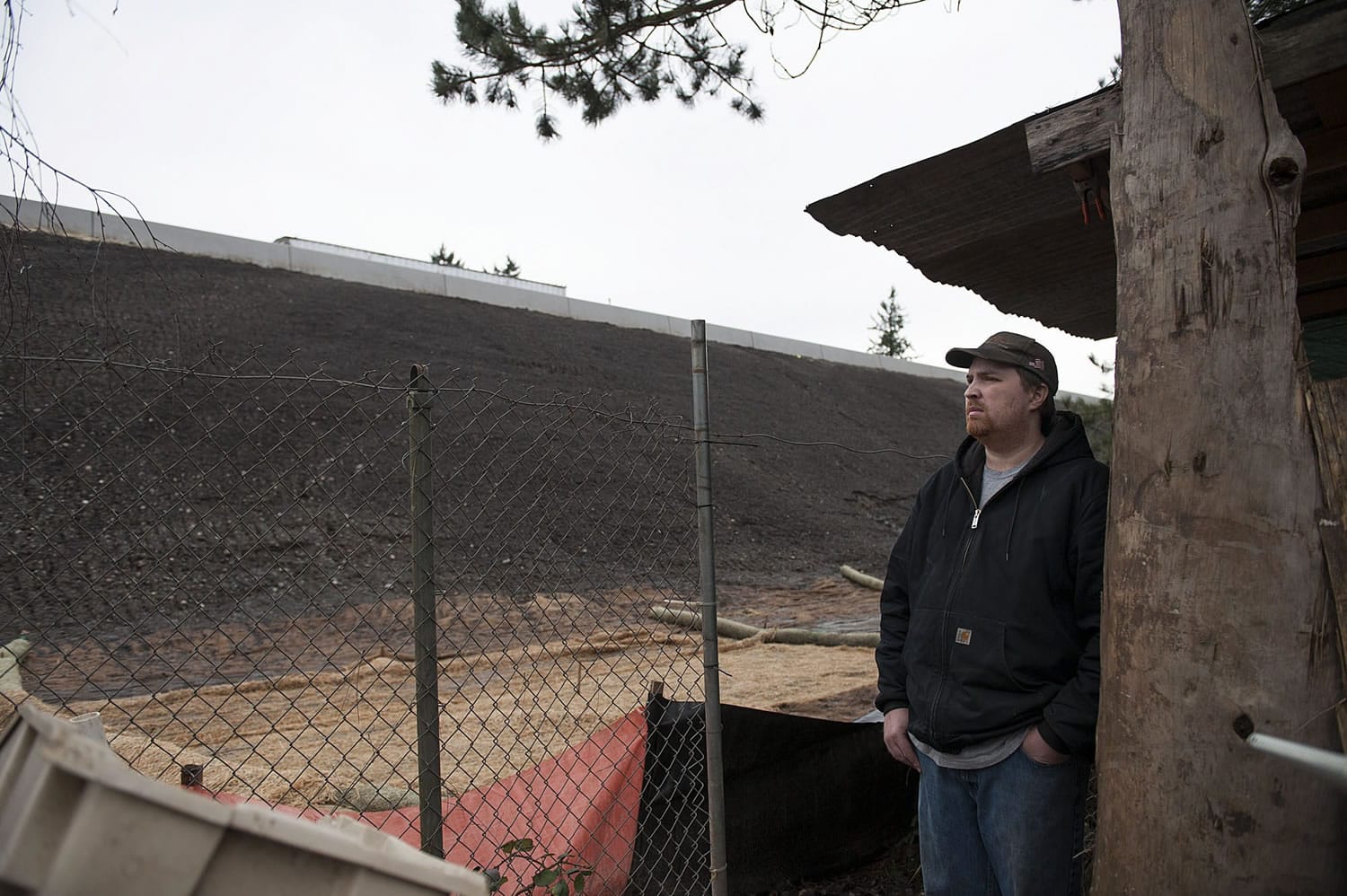Efforts to ease congestion on Interstate 205 and its busy Southeast Mill Plain Boulevard exits might be cheered by commuters, but for some in the neighborhoods surrounding the construction area, the project has brought nothing but headaches.
And they doubt their pain will be relieved once construction of the new Northeast 18th Street partial interchange is complete.
“We’ve had nothing but a nightmare,” said Lynn Toops, co-chair of the Burton Ridge Neighborhood Association.
When the interchange is complete, the Washington State Department of Transportation project will have connected I-205 and 18th Street with a half-diamond interchange, putting ramps only to the south of 18th Street.




